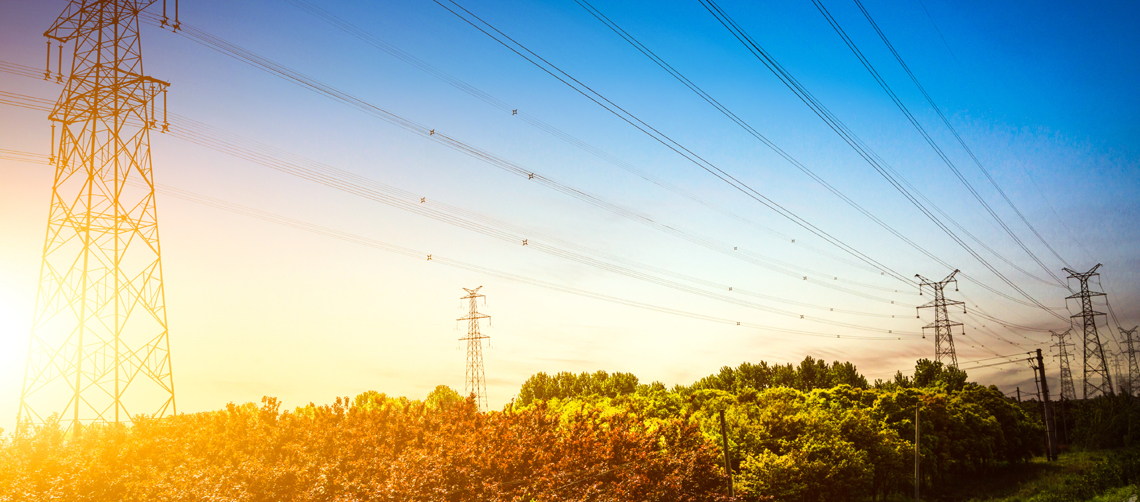Sterlite Power Transmission Ltd will consider entering the power storage business, a top company executive said, joining a bunch of aspirants eyeing the fledgling sector as rising power demand and generation open up new business prospects.
“We would evaluate that (storage business) because it is quite natural for transmission companies to be in a sector like that,” chief executive and managing director Pratik Agarwal said in an interview, adding that in Australia and US states such as California and Arizona, storage is seen as a grid element.
Large battery storage facilities that store and reconvert electricity can help India’s electricity grids, given the intermittent power generation from clean energy sources such as solar and wind. State-run power generator NTPC Ltd has floated a global tender for a 1GWh grid-scale battery storage system, and Tata Power Solar has been contracted to build India’s first large-scale battery storage of 5 MWh at Leh. In addition, Reliance Industries Ltd has plans to set up an advanced energy storage giga factory.“The government has understood the requirement of storage and grid-connected storage, and that is a big push,” Agarwal said.
In May, the Union government approved an ₹18,100 crore production-linked incentive (PLI) scheme for manufacturing advanced chemistry cell batteries, or ACCs, which are new-generation storage technologies that store electric energy either as electrochemical or chemical energy.
According to Crisil Research, India’s total power generation capacity, including renewable energy, will surge to 472GW in FY25 from 382GW in FY21, calling for investments in transmission to supply power to different demand centres. Further, the infirm nature of renewable energy will trigger issues in the power grid unless the generated power is distributed over longer distances and to multiple demand centres over transmission lines.
This month, billionaire Anil Agarwal-led Sterlite Power Transmission got approval from the capital markets regulator to launch an initial public offering. According to its draft share sale documents, transmission segment investments may rise to ₹3.5-4 trillion over the next five years, driven by the need for a robust transmission system to support continued generation additions, the push to the renewable energy sector and rural electrification.
The company, which is looking to raise ₹1,250 crore through the IPO, plans to retire its debt with the proceeds. It may also consider a pre-IPO placement aggregating up to ₹220 crore, which, if completed, will see the issue size reduced.
“A large part of the proceeds will initially be used to refinance some of the high-cost debt that is sitting in one of our assets. Once that is taken out, we can probably bring in low-cost financing in that asset and release this money that we’re raising, and use that for various kinds of growth initiatives like participating in more tenders winning more tenders which all require capital,” said Agarwal.
As of March, the amount outstanding under its fund-based and non–fund-based working capital and term loan facilities was ₹7,323.99 crore.

 Please wait...
Please wait...